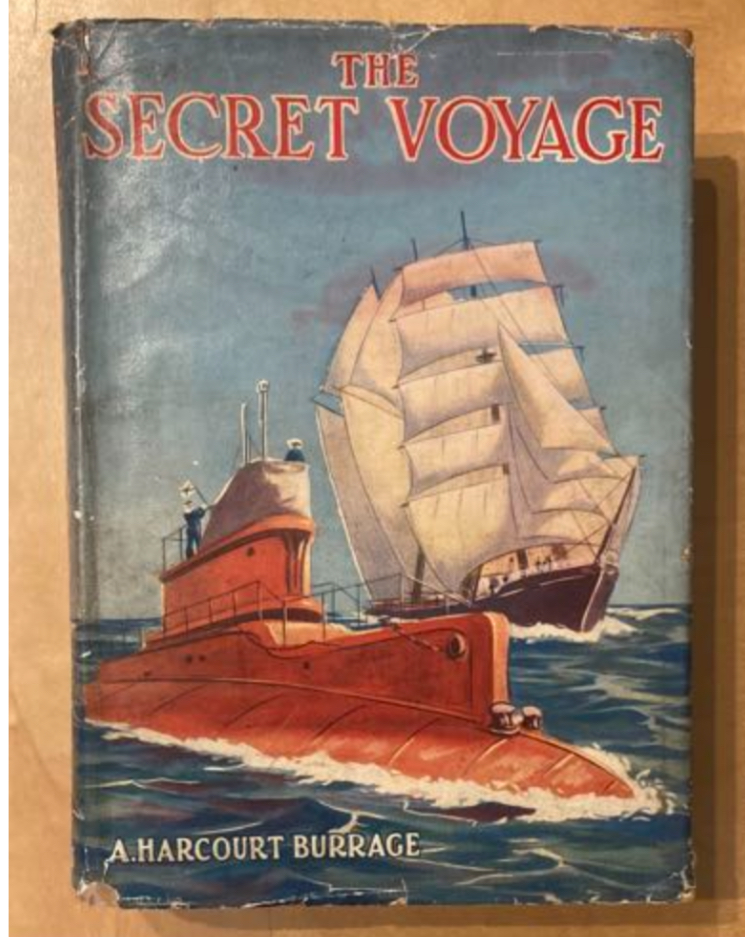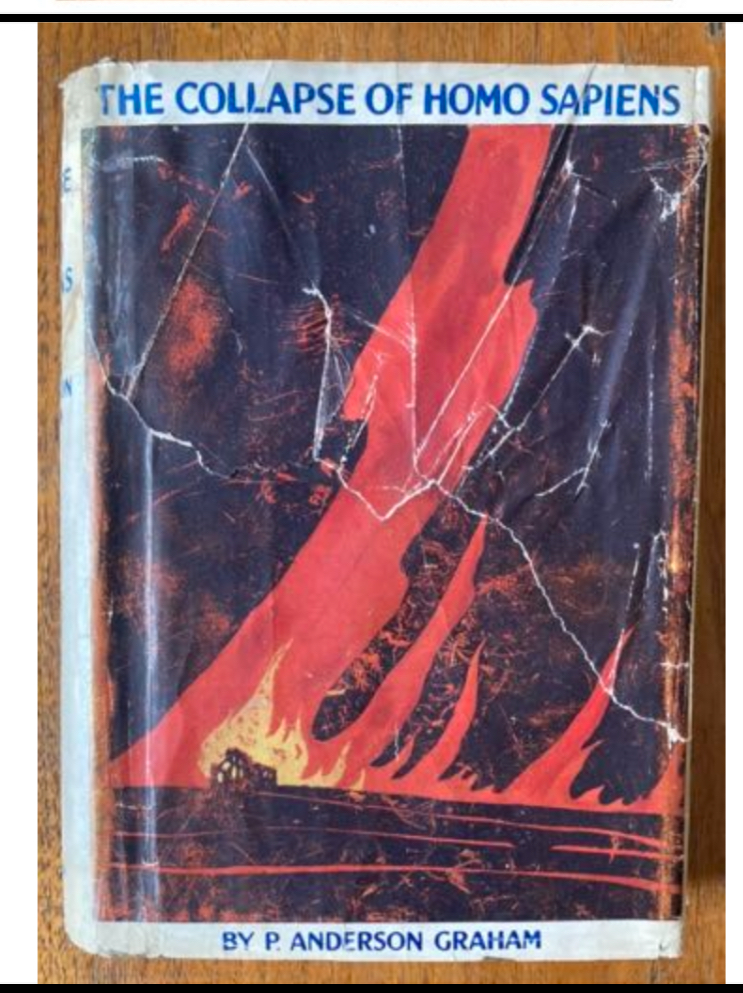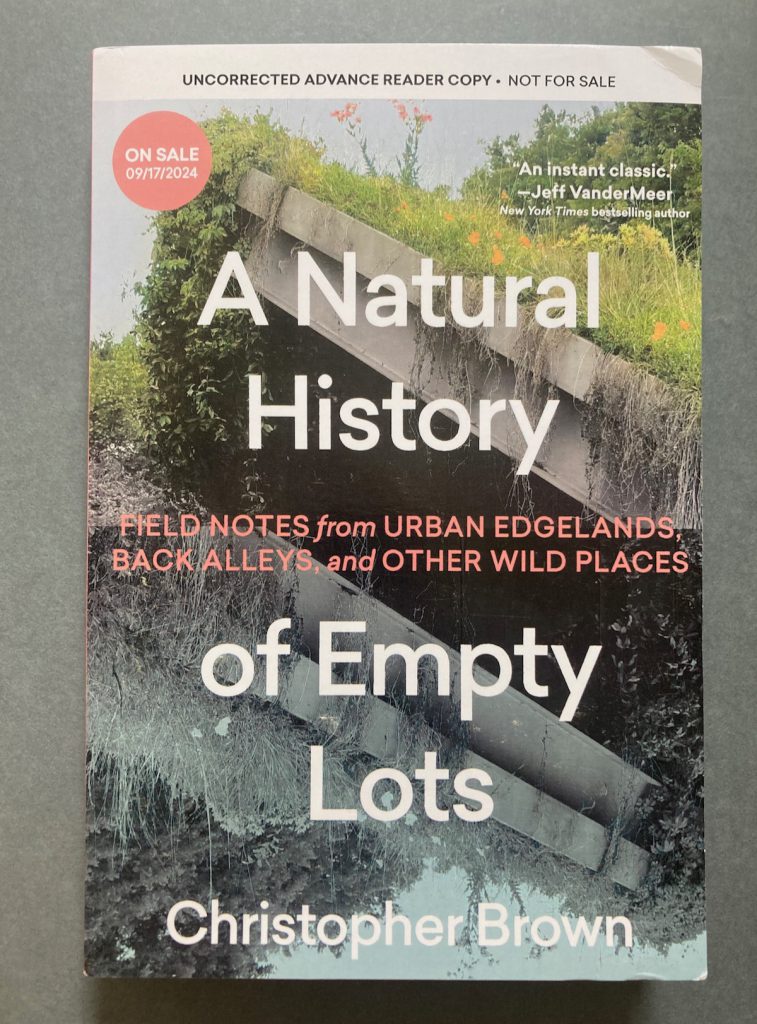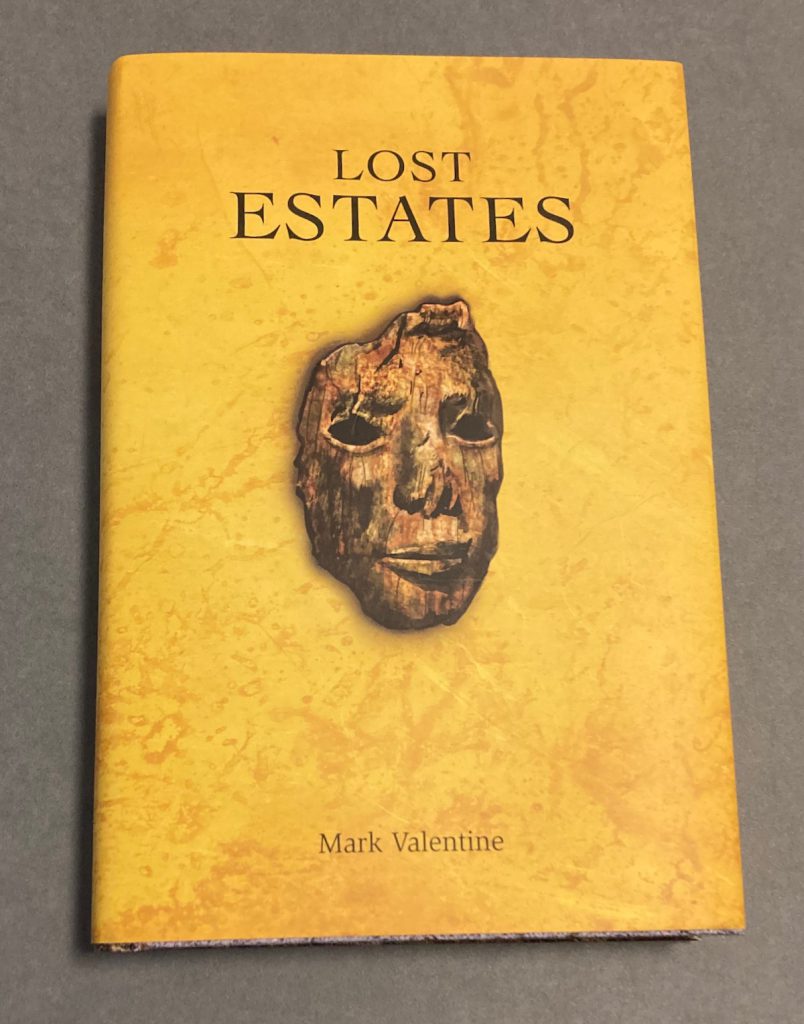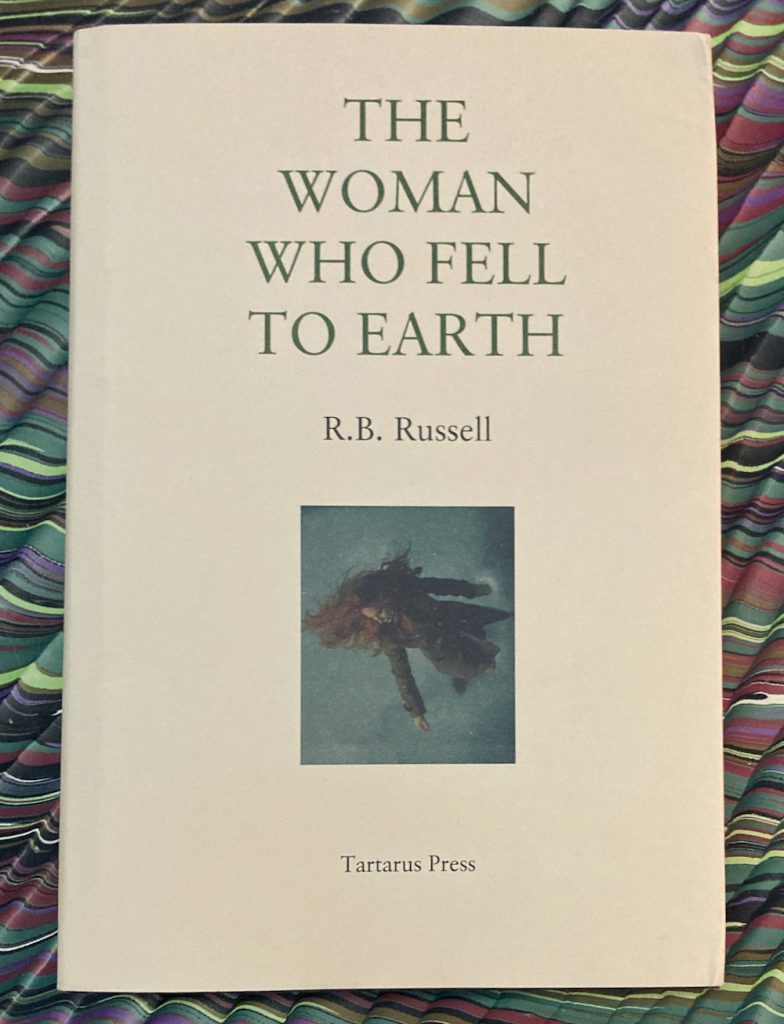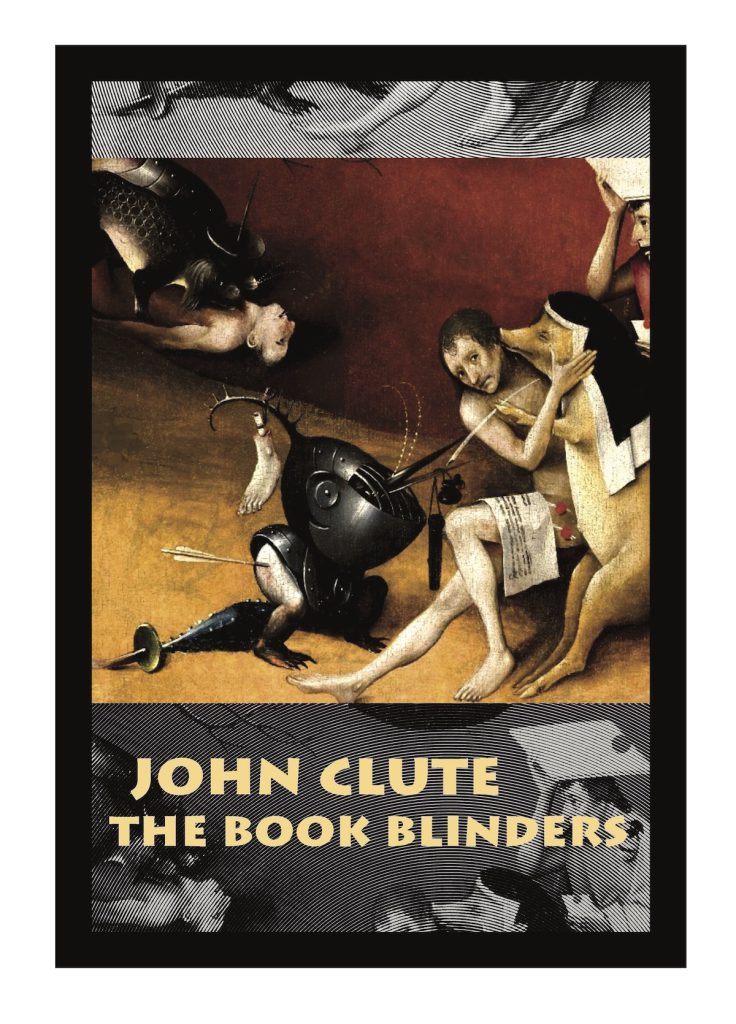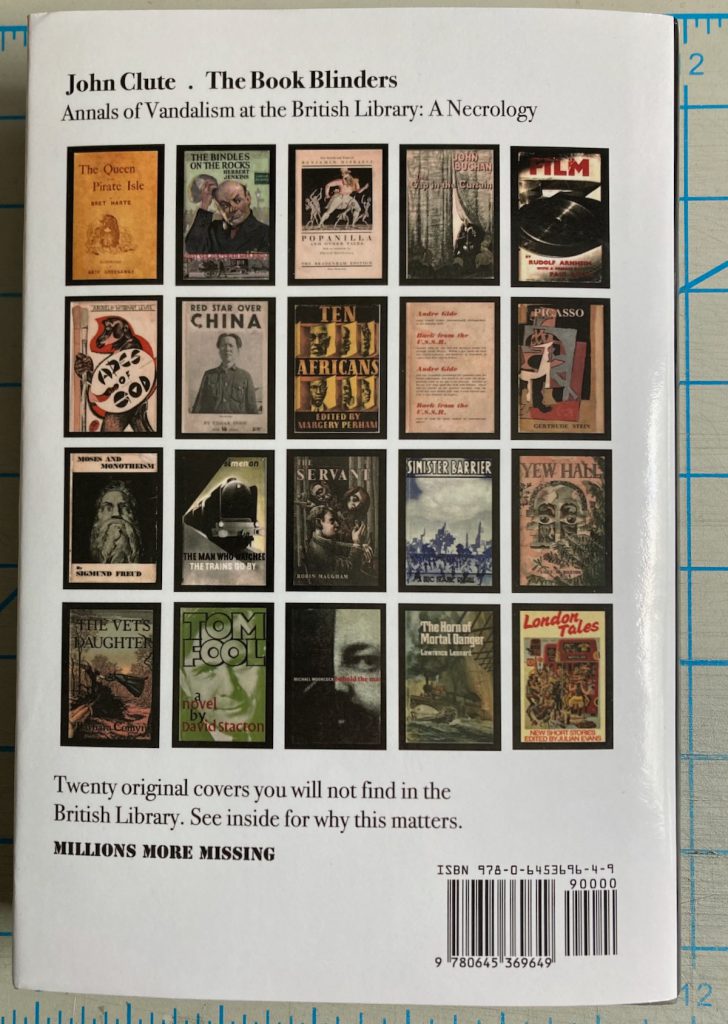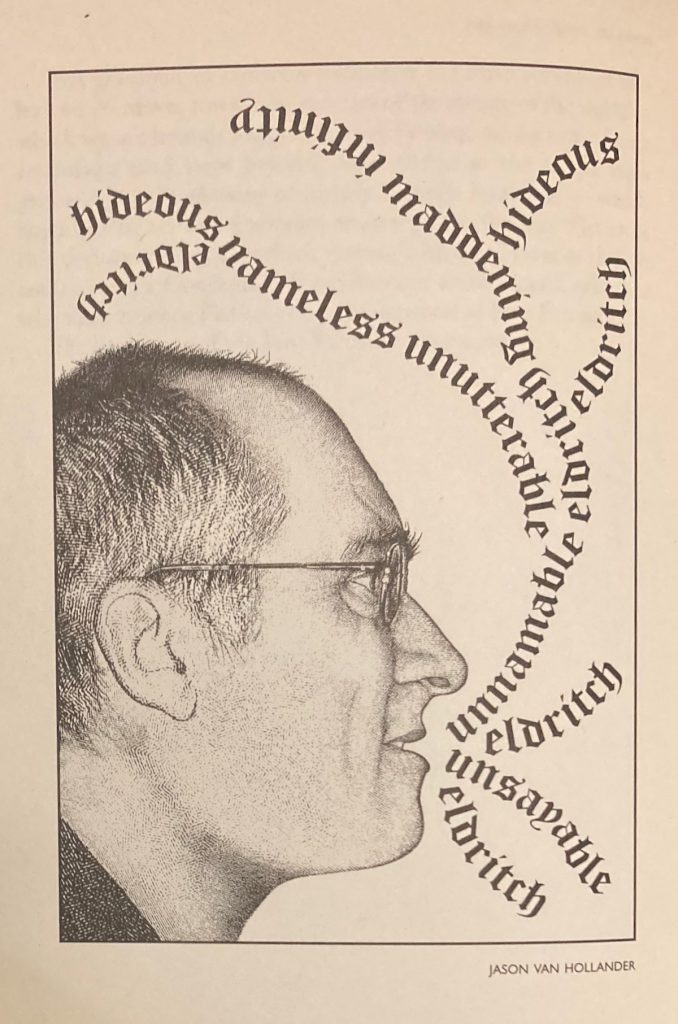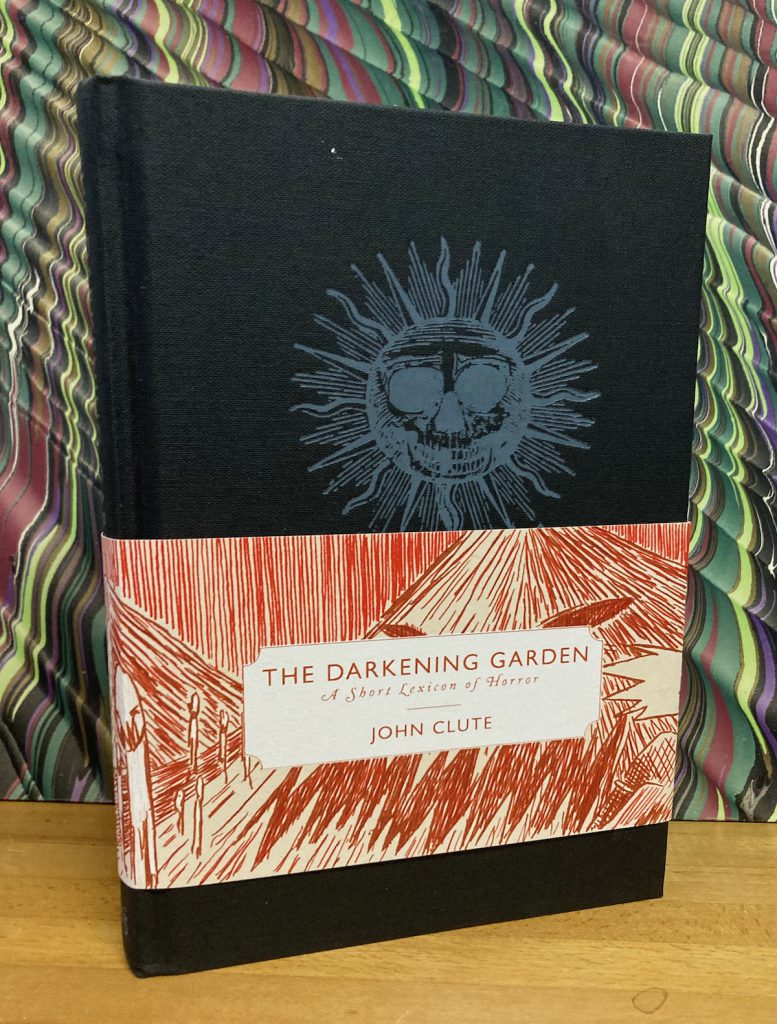— Christopher Brown. A Natural History of Empty Lots. Timber Press, [September 2024].
This was one of the most interesting books I read this year. Chris has written three novels of near future dystopias where characters are finding their way through an America reshaped by climate change (and political turmoil). The first of them,
Tropic of Kansas, was the best book I read in 2015. In
A Natural History of Empty Lots, Chris looked at the world around him and questioned his own assumptions and prejudices (as Thoreau suggests in
Walden), and tries to see how we humans might find a way to live in the world that does not involve devouring it. The fact they that I appear in the book and our friendship of many years, obliged me to exclude
Empty Lots from the running for the book of the year. This is a book that traces its origins to the excellent
Field Notes Chris has been publishing online ; he has entirely transformed them and has written a beautiful and thoughtful book.
https://endlessbookshelf.net/2024/09/03/singular-interview-christopher-brown/— — —
— Mark Valentine. Lost Estates. Swan River Press, 2024.
Collection of a dozen stories, four unpublished, including the excellent title story.
——. The Thunderstorm Collectors. Tartarus Press, [2024].
Collection of twenty-nine essays and vignettes, including pieces on Arthur Machen, A. J. A. Symons, M. R. James, and lesser known figures from the “curious alleys and byways” of literature and folklore. Fifth volume in his series of collected essays.
— — —
On afternoons my heart / feels like an out-of-season hotel
— Adrian Dannatt. Capacity for Loss. [Opium Books, 2024]. Edition of 300. Yellow cloth, dust jacket with illustration, Gaia, from the painting by Danny Moynihan.
Collection of poems.
— — —
— John Clute. The Book Blinders. Annals of Vandalism at the British Library : A Necrology. Illustrated. Norstrilia Press, [2024].
I wrote a notice, here :
https://endlessbookshelf.net/2024/03/24/the-book-blinders-by-john-clute/
— — —

— This Is Only Earth, My Dear. Images by Trillian Stars & Kyle Cassidy with poems by Elizabeth Eleanor Siddal. Laurel Tree Press, [2024].
Selection of poems by artist Lizzie Siddal (1829-1862) and photographs in and around east London by Kyle Cassidy, with a smouldering Victorian palette. A delightful pre-Raphaelite counterfactual : what fun !
— — —
— Ray Russell. The Woman Who Fell to Earth. Tartarus Press, [2024].
A wild short novel of doublings, tricks of memory, serious ontological ambiguities, and the perils of close involvement in the life and writings of a neglected author. Tanya and Caroline were friends from university days, though Caroline had become reclusive after her husband’s death. Caroline, literary executor of one hit wonder and horror novelist Cyril Heldman, had resurrected his name and formed an online community of readers (we see a bit too much of the hostile behavior that such small stakes games can provoke). Caroline gets back in Tanya’s life when she lands on Tanya’s roof: a corpse fallen from the empty sky. At the heart of the novel is and a house in Wales where time stands still, and the the Sixtystone, the object from Arthur Machen’s “Novel of the Black Seal”, which confers dangerous powers upon those in proximity. The resolution is deeply shocking, sudden and unexpected and seamlessly integrated into the narrative, even if some of the interesting implications are not fully explored. The ending is restorative and curiously cozy, almost pastoral.
— — —
(MELVILLE, HERMAN). Melville’s Billy Budd at 100. A Centennial Exhibitionat the Grolier Club and Oberlin College Libraries. Introduction and Descriptions by William Palmer Johnston. Frontispiece portrait of Melville by Barry Moser, color plates. The Grolier Club, 2024.
— Herman Melville. Billy Budd and Other Prose Pieces. Constable, 1924.
——. John Marr and other Sailors with some Sea Pieces. DeVinne Press, 1888.
2024 is the centenary of Melville’s Billy Budd, and there have been many phases in the year-long celebration. The catalogue of the Grolier Club show is well worth looking for. I was delighted to be a panelist on the symposium organized in connection with the exhibition. These events prompted me to publish A Melville Census, a bibliographical work looking at the last two books published in Melville’s lifetime : https://temporary-culture.com/product/henry-wessells-melville-census/#310899
It also prompted me to go back to primary sources, and and so on a recent visit to the Lilly Library I re-read John Marr, a book of ghosts and roll-call of the dead. The whole book speaks to Billy Budd, especially the quip of Captain Turret, “submission is enough”. De Vere was not so sensible an officer. There are other things I noticed which will require more time to contemplate ; these thoughts will show up in an essay sometime.
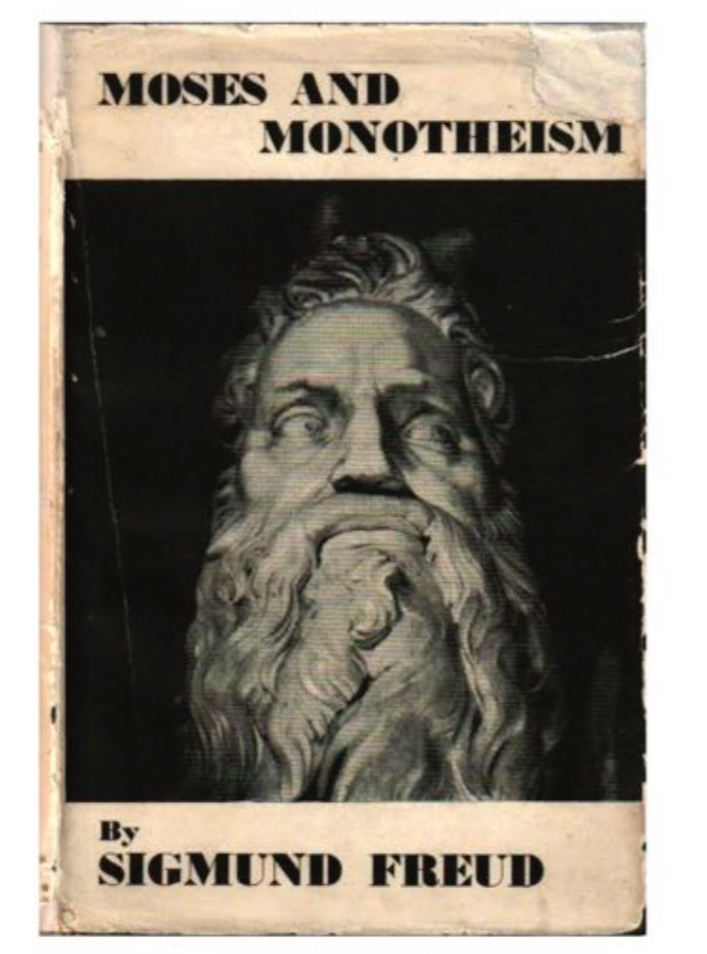
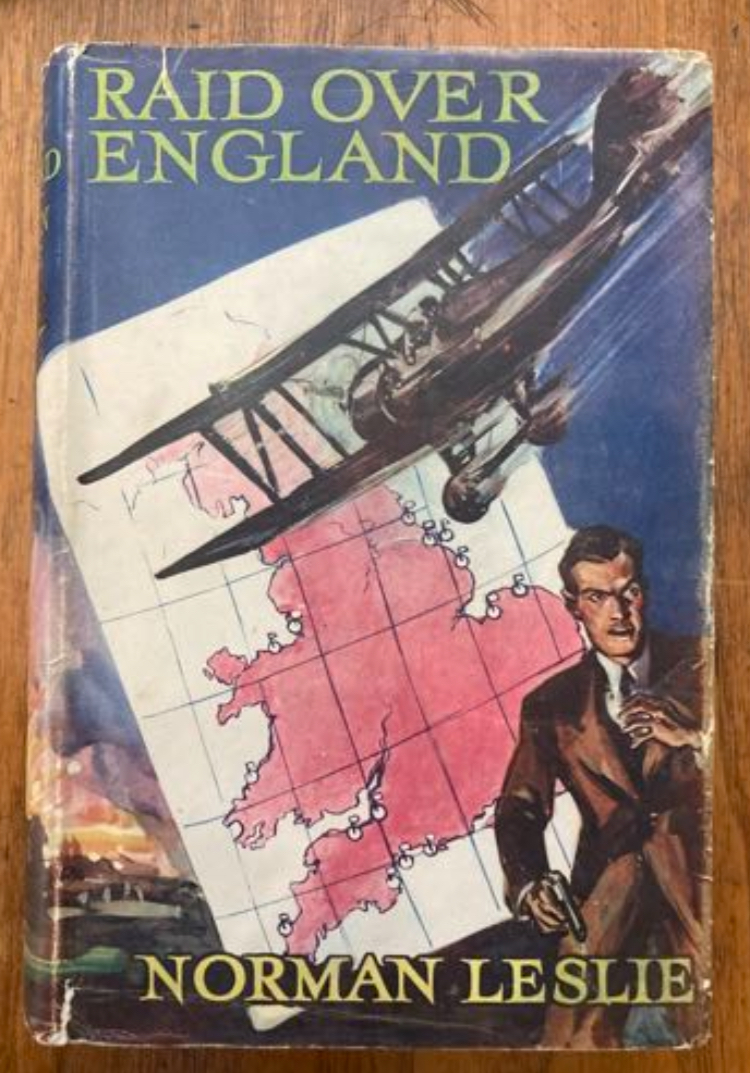
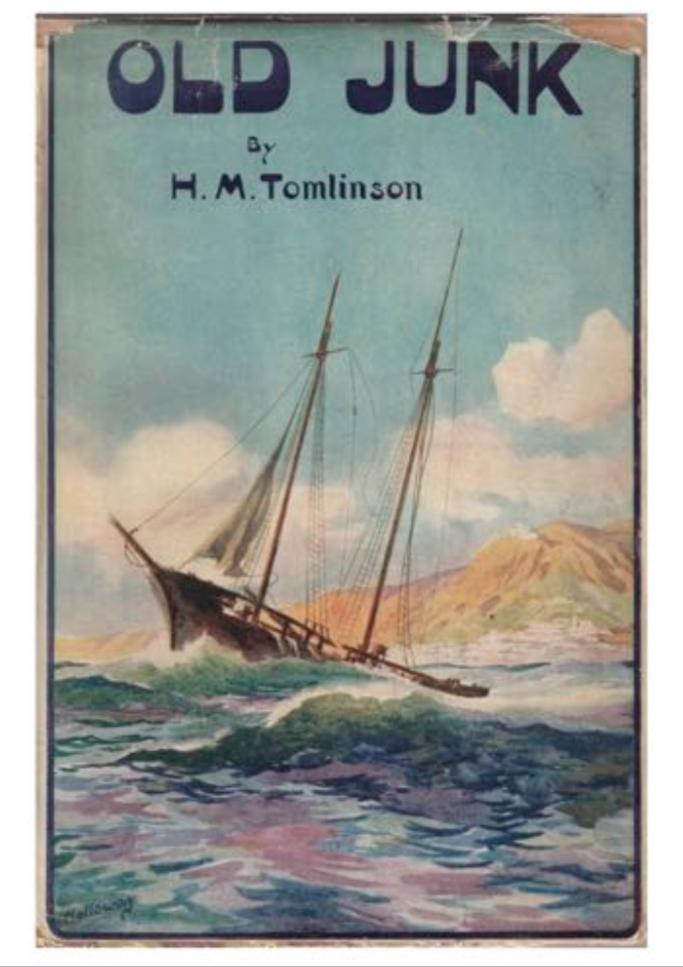
![The World Ends by William Lamb [Storm Jameson] (dust jacket from the Clute collection, Telluride)](https://endlessbookshelf.net/wordpress/wp-content/uploads/2025/08/IMG_2042.jpeg)
